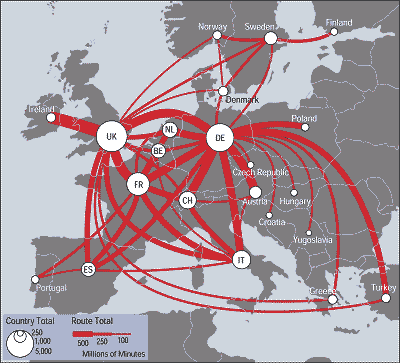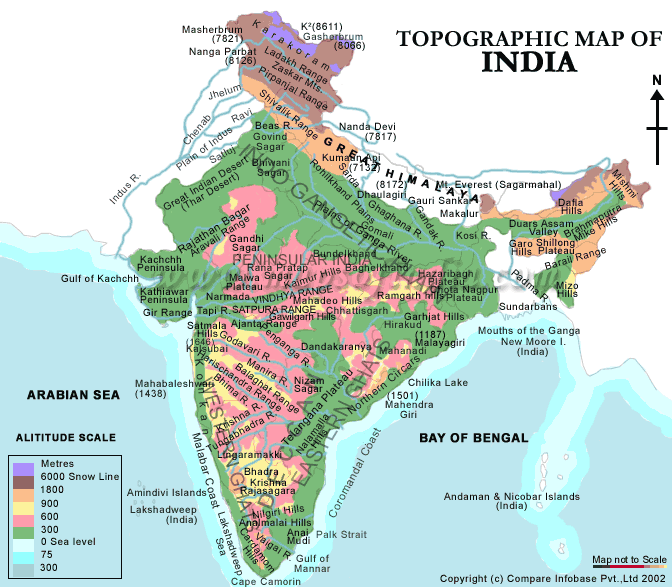 Choropleth maps use different colors and shading to depict statistical values if particular areas. This map shows the percentage of the population that is 50 years or older. In 1990 only 0-10% was over 50, it is predicted that by 2030 10-30% of people will be over 50 years old. The scale in the middle shows the percentage range and the correlating colors that will be be seen on the map.
Choropleth maps use different colors and shading to depict statistical values if particular areas. This map shows the percentage of the population that is 50 years or older. In 1990 only 0-10% was over 50, it is predicted that by 2030 10-30% of people will be over 50 years old. The scale in the middle shows the percentage range and the correlating colors that will be be seen on the map. info:
http://www.eps.mq.edu.au/courses/GEOS219/choropleth.htm





